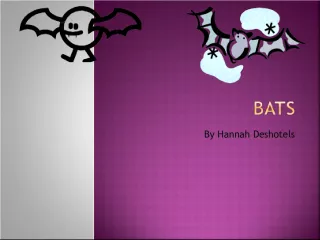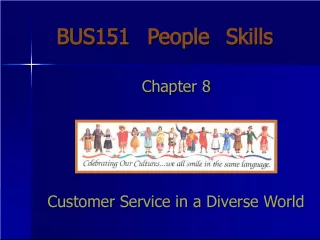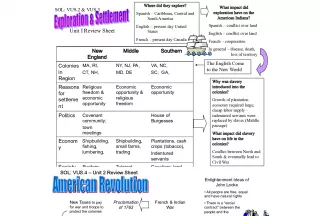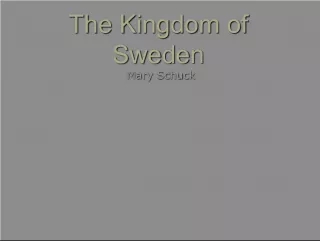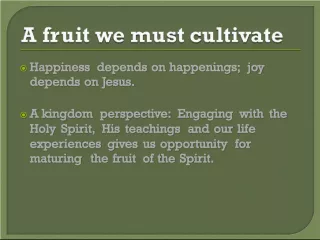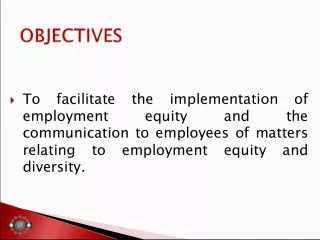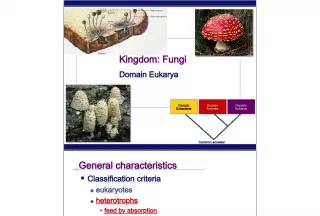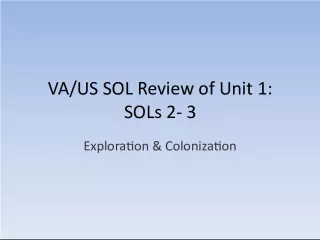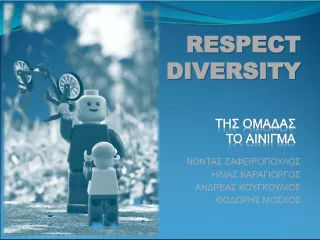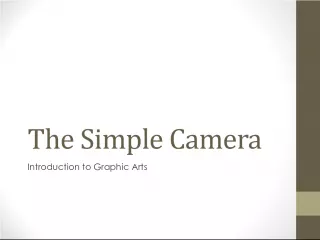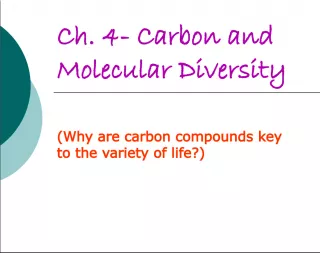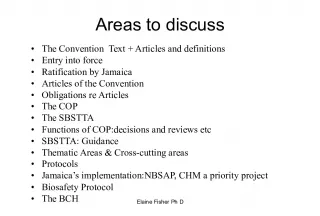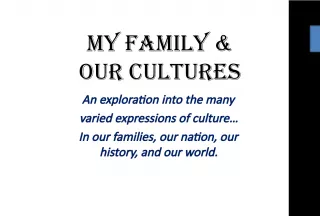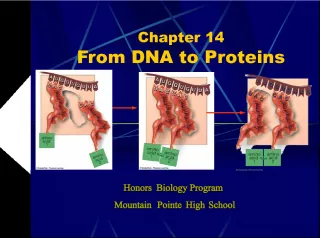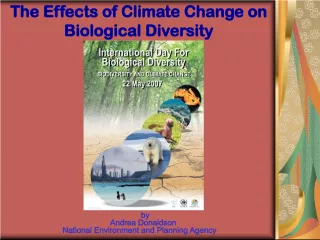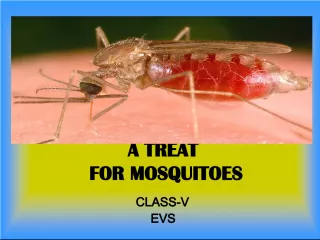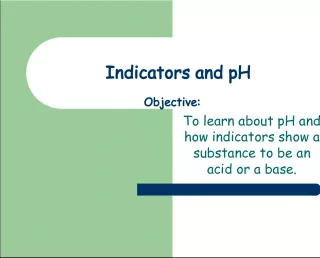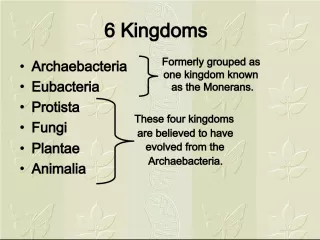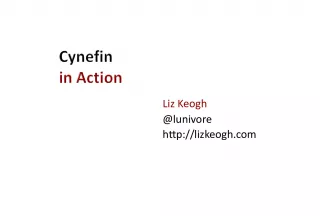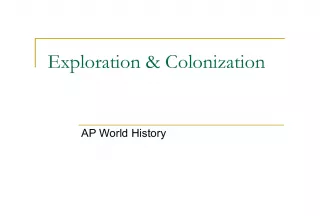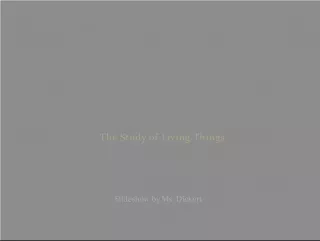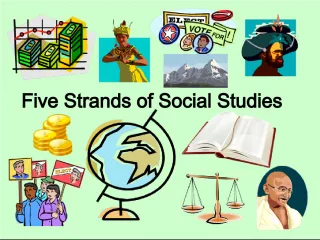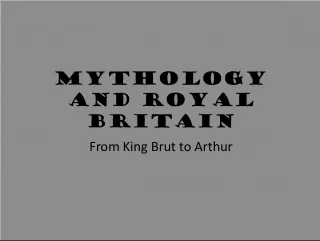The Fascinating World of Protists: An Exploration of the Diversity within Kingdom Protista
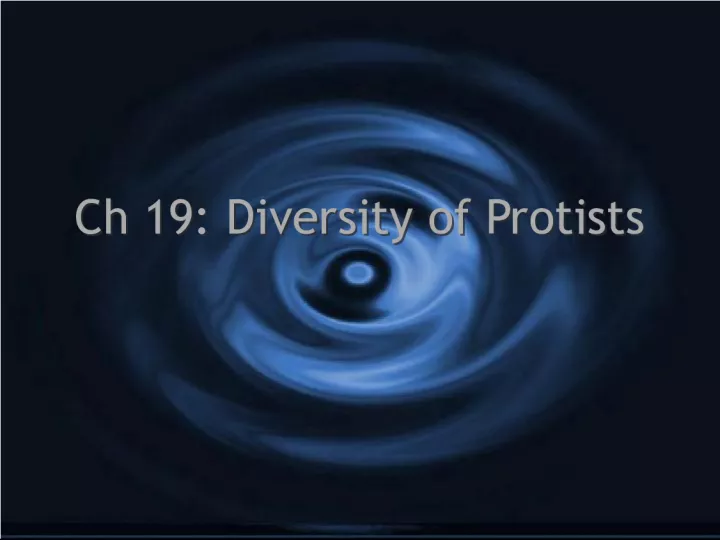

Chapter 19 of this scientific text delves into the remarkable diversity of protists, a group of eukaryotes that do not fall
- Uploaded on | 0 Views
-
 herminia
herminia
About The Fascinating World of Protists: An Exploration of the Diversity within Kingdom Protista
PowerPoint presentation about 'The Fascinating World of Protists: An Exploration of the Diversity within Kingdom Protista'. This presentation describes the topic on Chapter 19 of this scientific text delves into the remarkable diversity of protists, a group of eukaryotes that do not fall. The key topics included in this slideshow are . Download this presentation absolutely free.
Presentation Transcript
Slide1Ch 19: Diversity of ProtistsCh 19: Diversity of Protists
Slide2Kingdom ProtistaKingdom Protista G Eukaryotes that are not animals, plants or fungi. They share some but not all of the features of plants, animals, and fungi. G They can be single celled or multi cellular, microscopic or large G Eukaryotes that are not animals, plants or fungi. They share some but not all of the features of plants, animals, and fungi. G They can be single celled or multi cellular, microscopic or large
Slide3Types of ProtistsTypes of Protists G Divided into three broad categories: G Animal-like protists G Plant-like protists G Fungus-like protists G Divided into three broad categories: G Animal-like protists G Plant-like protists G Fungus-like protists
Slide4Animal-like ProtistsAnimal-like Protists G Also known as Protozoa G Unicellular but move around, consume other organisms, and have no chloroplasts G Also known as Protozoa G Unicellular but move around, consume other organisms, and have no chloroplasts
Slide5Protozoa with FlagellaProtozoa with Flagella G Zooflagellates- have one or more flagella G Flagella are tail-like structures that help unicellular organisms swim G Heterotrophic G Over 2000 species of zooflagellates exist. G Zooflagellates- have one or more flagella G Flagella are tail-like structures that help unicellular organisms swim G Heterotrophic G Over 2000 species of zooflagellates exist.
Slide6Protozoa with PseudopodsProtozoa with Pseudopods G - Means fake foot G Temporary extension of cytoplasm and cell membrane that helps protozoa move and feed G **Amoebas are protists with pseudopods G - Means fake foot G Temporary extension of cytoplasm and cell membrane that helps protozoa move and feed G **Amoebas are protists with pseudopods
Slide7Protozoa with CiliaProtozoa with Cilia G Ciliates have cilia- short, hair-like structures that cover some or all of the cell surface G Help cell swim or capture food G Over 8000 species of ciliates G **Example = Paramecium G Ciliates have cilia- short, hair-like structures that cover some or all of the cell surface G Help cell swim or capture food G Over 8000 species of ciliates G **Example = Paramecium
Slide9Some Cause Infectious DiseasesSome Cause Infectious Diseases G Phylum Apicomplexa includes 4000 parasitic species G Malaria is an example of a disease caused by protozoan Plasmodium G Malaria results in fever, vomiting, kidney and liver malfunction, and if not treated coma and death G Giardia G Caused by Giardia zooflagellate G Causes intestinal disease from drinking water contaminated with feces of infected animals G Phylum Apicomplexa includes 4000 parasitic species G Malaria is an example of a disease caused by protozoan Plasmodium G Malaria results in fever, vomiting, kidney and liver malfunction, and if not treated coma and death G Giardia G Caused by Giardia zooflagellate G Causes intestinal disease from drinking water contaminated with feces of infected animals
Slide10Plant-like ProtistsPlant-like Protists G Single celled or multi- cellular G Don’t have roots, stems, leaves, specialized tissues G Examples: G Phytoplankton = single celled (provide about 1/2 of the oxygen in the atmosphere) G Volvox= live in colonies G Mulit-cellular include seaweeds and kelps G Single celled or multi- cellular G Don’t have roots, stems, leaves, specialized tissues G Examples: G Phytoplankton = single celled (provide about 1/2 of the oxygen in the atmosphere) G Volvox= live in colonies G Mulit-cellular include seaweeds and kelps
Slide11AlgaeAlgae G Photosynthetic plantlike protist G Green, brown and red algae G Photosynthetic plantlike protist G Green, brown and red algae
Slide12Algal BloomsAlgal Blooms A. Caused by large input of a limiting nutrient A. Caused by large input of a limiting nutrient (due to runoff from fertilized fields) (due to runoff from fertilized fields) the result is an increase in the amount of algae and other producers. the result is an increase in the amount of algae and other producers. Green, yellowish-brown, or red color Green, yellowish-brown, or red color B. More nutrients available = more producers can grow and reproduce. This sudden increase in producers can disrupt the equilibrium of ecosystems B. More nutrients available = more producers can grow and reproduce. This sudden increase in producers can disrupt the equilibrium of ecosystems (throw them off balance) (throw them off balance) A. Caused by large input of a limiting nutrient A. Caused by large input of a limiting nutrient (due to runoff from fertilized fields) (due to runoff from fertilized fields) the result is an increase in the amount of algae and other producers. the result is an increase in the amount of algae and other producers. Green, yellowish-brown, or red color Green, yellowish-brown, or red color B. More nutrients available = more producers can grow and reproduce. This sudden increase in producers can disrupt the equilibrium of ecosystems B. More nutrients available = more producers can grow and reproduce. This sudden increase in producers can disrupt the equilibrium of ecosystems (throw them off balance) (throw them off balance)
Slide13Algal BloomsAlgal Blooms G C. Why are they harmful? G C. Why are they harmful? G As more algae and plants grow, others die . G As more algae and plants grow, others die . G This dead matter = food for bacteria that decompose it. G This dead matter = food for bacteria that decompose it. G With more food available, the bacteria increase in number and use up the oxygen in the water. G With more food available, the bacteria increase in number and use up the oxygen in the water. G Oxygen supply decreases and many fish and aquatic insects cannot survive. G Oxygen supply decreases and many fish and aquatic insects cannot survive. G This results in a dead area . G This results in a dead area . G C. Why are they harmful? G C. Why are they harmful? G As more algae and plants grow, others die . G As more algae and plants grow, others die . G This dead matter = food for bacteria that decompose it. G This dead matter = food for bacteria that decompose it. G With more food available, the bacteria increase in number and use up the oxygen in the water. G With more food available, the bacteria increase in number and use up the oxygen in the water. G Oxygen supply decreases and many fish and aquatic insects cannot survive. G Oxygen supply decreases and many fish and aquatic insects cannot survive. G This results in a dead area . G This results in a dead area .
Slide14Diversity of Plantlike ProtistsDiversity of Plantlike Protists G Euglena- large single-cells that swim with the aid of 1 or 2 flagella G Can have animal and plant features G Pellicle (flexible covering on their cell surface that allows cell to change shape) G Dinoflagellates- single cells (90% marine plankton) G 2 flagella (one in front and one in back) G Some are bioluminescent G Produce light through a series of chemical reactions G https://www.youtube.com/watch?v=o5ESHXKGBvA G Euglena- large single-cells that swim with the aid of 1 or 2 flagella G Can have animal and plant features G Pellicle (flexible covering on their cell surface that allows cell to change shape) G Dinoflagellates- single cells (90% marine plankton) G 2 flagella (one in front and one in back) G Some are bioluminescent G Produce light through a series of chemical reactions G https://www.youtube.com/watch?v=o5ESHXKGBvA
Slide16Red TidesRed Tides G D. Harmful algal blooms in oceans that cause harm through the production of toxins G D. Harmful algal blooms in oceans that cause harm through the production of toxins
Slide17DiatomsDiatoms G tiny single celled algae covered in patterned glasslike shells G tiny single celled algae covered in patterned glasslike shells
Slide18Ghttps://www.youtube.com/watch?v=- zsdYOgTbOk G https://www.youtube.com/watch?v=Ci bGFo0RHIw G https://www.youtube.com/watch?v=7 pR7TNzJ_pA Amoeba G https://www.youtube.com/watch?v=Ps YpngBG394 G https://www.youtube.com/watch?v=a 4aZE5FQ284 G https://www.youtube.com/watch?v=- zsdYOgTbOk G https://www.youtube.com/watch?v=Ci bGFo0RHIw G https://www.youtube.com/watch?v=7 pR7TNzJ_pA Amoeba G https://www.youtube.com/watch?v=Ps YpngBG394 G https://www.youtube.com/watch?v=a 4aZE5FQ284
